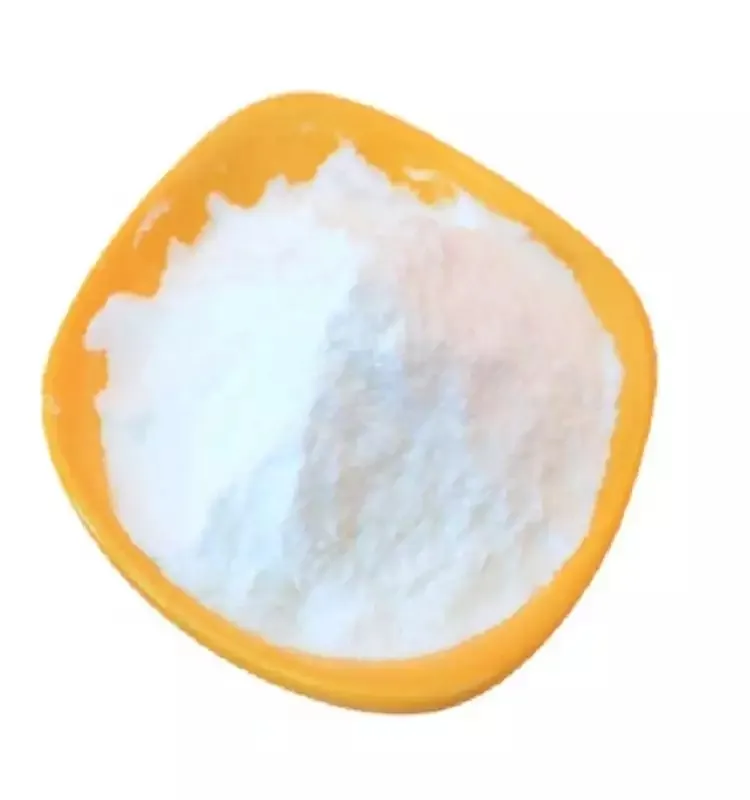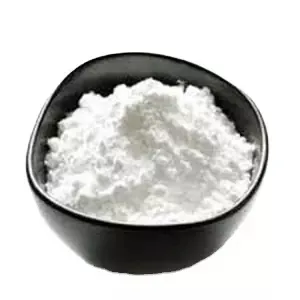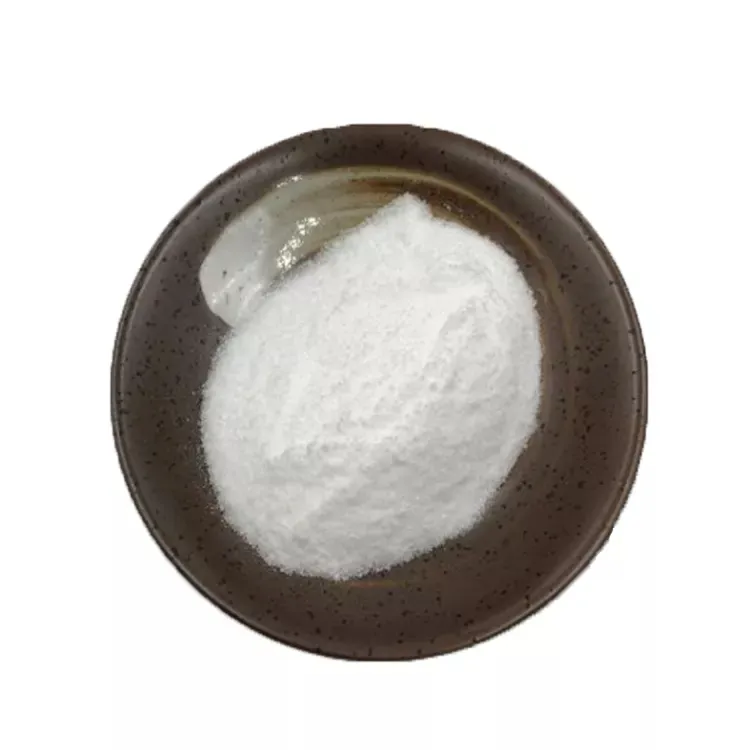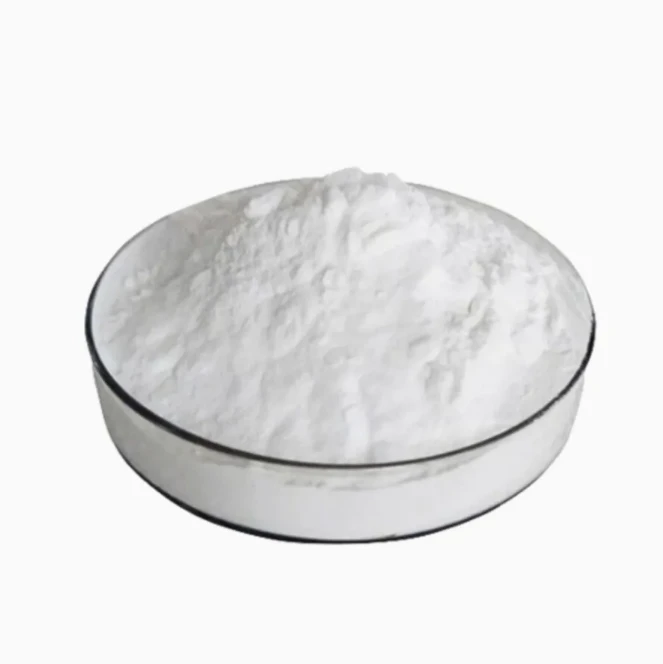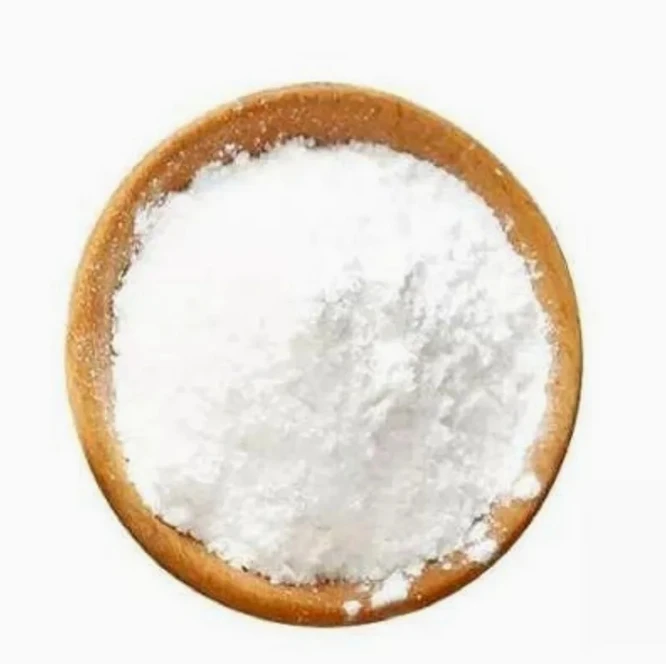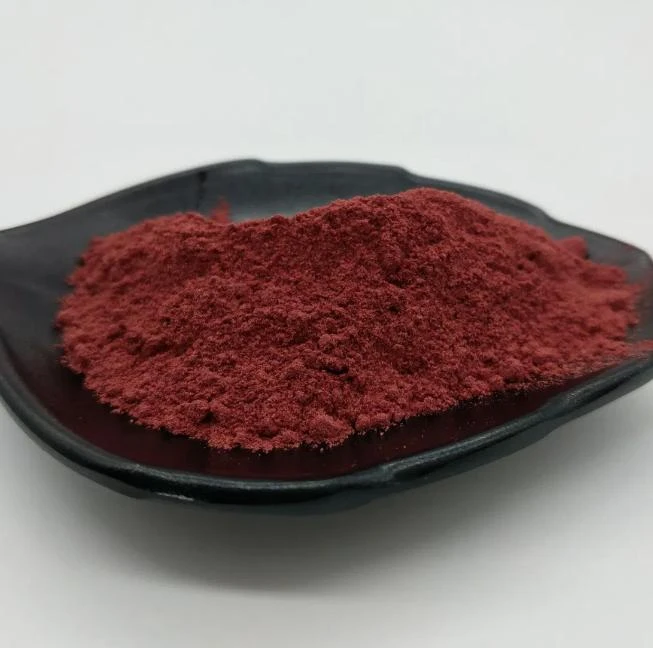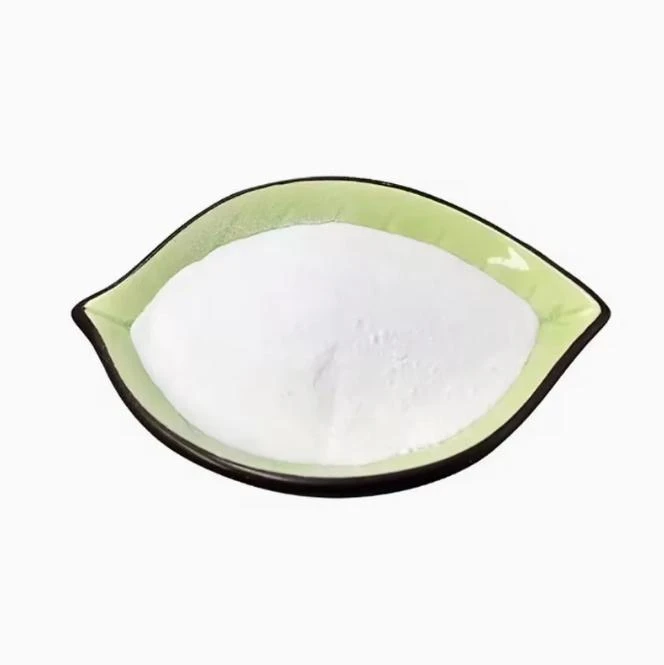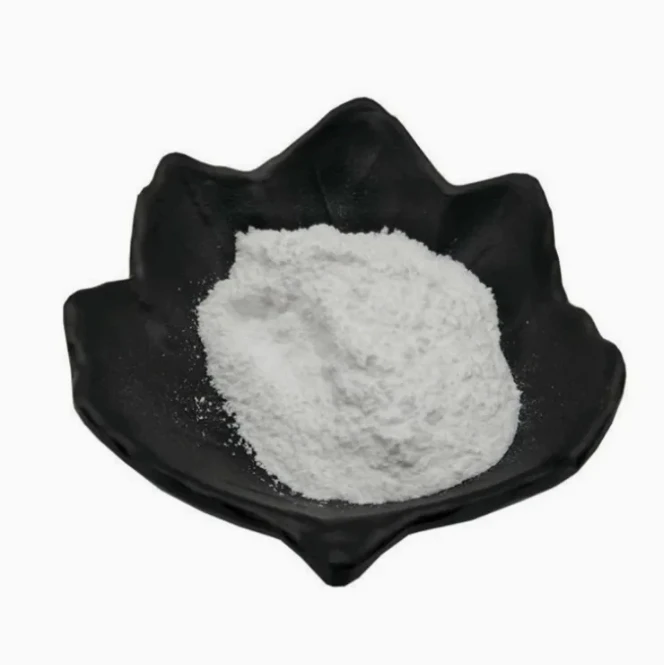Warning: Undefined array key "file" in /home/www/wwwroot/HTML/www.exportstart.com/wp-content/themes/1198/header.php on line 7
Warning: Undefined array key "title" in /home/www/wwwroot/HTML/www.exportstart.com/wp-content/themes/1198/header.php on line 7
Warning: Undefined array key "title" in /home/www/wwwroot/HTML/www.exportstart.com/wp-content/themes/1198/header.php on line 7
- efrîkanî
- Albanî
- Amharîkî
- Erebî
- Ermenî
- Azerî
- Baskî
- Belarûsî
- Bengalî
- Bosnayî
- Bûlgarî
- Katalanî
- Cebuano
- çîn
- Çîn (Taywan)
- Korsîkayî
- Xirwatî
- Çekî
- Danîmarkî
- Holandî
- Îngilîzî
- Esperanto
- Estonî
- Fînlandî
- Fransî
- frîzî
- Galîsyayî
- Gurcî
- Almanî
- Yewnanî
- Gujaratî
- Kreoliya Haîtiyî
- Hausa
- Hawaiyî
- Îbranî
- Nexêr
- Miao
- Macarî
- Îzlandî
- igbo
- Îndonezî
- Irlandî
- Îtalî
- Japonî
- Javanesî
- Kanadayî
- Qazakî
- Khmer
- Rwandan
- Koreyî
- Kurdî
- Qirgizî
- TB
- Latînî
- Letonî
- Lîtvanyayî
- Luksembûrgî
- Makedonî
- Malgashi
- Malayî
- Malayalamî
- Maltezî
- Maorîyî
- Maratî
- Moxolî
- Mîyanmar
- Nepalî
- Norwêcî
- Norwêcî
- Occitan
- Peştûyî
- Farsî
- Polandî
- Portekizî
- Pencabî
- Romanyayî
- Rûsî
- Samoan
- Scottish Gaelic
- Sirbî
- Îngilîzî
- Shona
- Sindî
- Sinhala
- Slovakî
- Slovenî
- Somalîkî
- Îspanyolî
- Sundanese
- Swahîlîyî
- Swêdî
- Tagalogî
- Tajik
- Tamîlî
- Tatar
- Teluguyî
- Thayîkî
- Tirkî
- Tirkmenî
- Ûkraynî
- Ûrdûyî
- Uyghur
- Ozbekî
- Vîetnamî
- Galerkî
- Alîkarî
- Yîddîşî
- Yorûbayî
- Zulu
Sodium Alginate Powder
Sodium alginate has stability, heritability, and gelation properties, so it's widely used to place starch, and gelatin as the stabilizer of ice cream, beverages, and many dairy products. If it's added to salad dressing, pudding, jam, tomato paste, and canned foods, it tends to improve the stability of products and reduce fluid. We can add sodium alginate in the dry noodles, vermin exudation celli, rice vermicelli, and bread which can improve the product's group cohesiveness, make the tension strong, and reduce the breakage. The effect is more apparent for flour with low gluten content and the storage time will be extended.
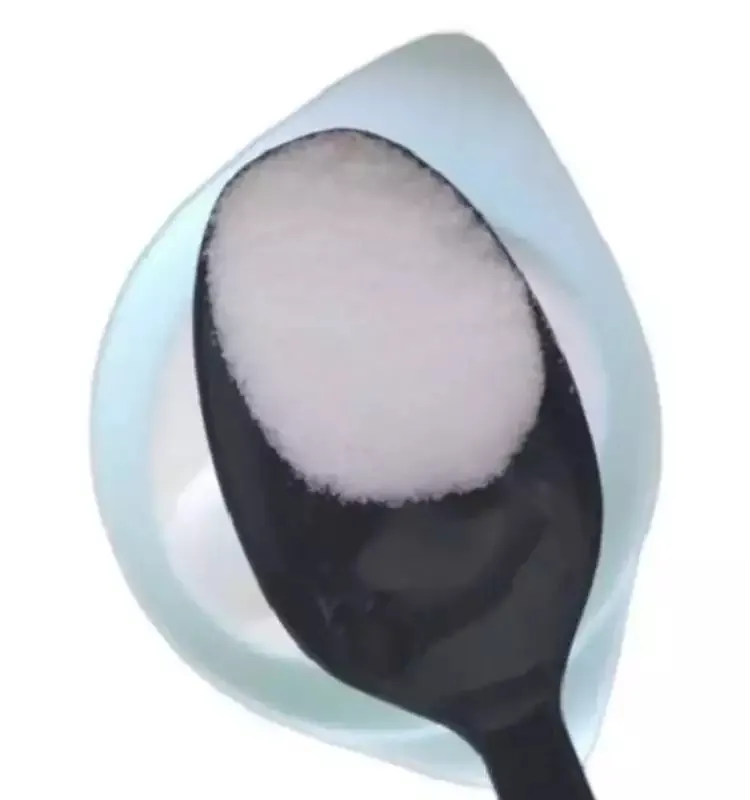



In printing and textile industry sodium alginate has been a long history since sodium alginate was used in starching , packing and printing. In printing, it is the good material with wide use in the cotton, wool, silk and synthetic fibre. Especially since the reactive dye was found in the world, there has been many years' history of application. There is no other gelatinigation which can compare beauty with it by so far. Sodium alginate can't react with the reactive dye or form covalent bond as result of having second hydroxyl in its structure without the origin hydroxyl, and meanwhile having strong cathodic carboxyl in its organization. This is its great property. Therefore, it not only does not absorb the dyestuff but also excludes it. It is easy to move the dyestuff from the gelatinigation to the firbre which benefits keeping clearness and uniformity of the printing. Therefore the printing is clear, vivid, high in the dyeing quantity and has good handle and firm degree at the same time. The products of medium and low viscosity are suitable for the printing requirements of net, roll style and handwork printing. It has the flowing property of the pseudoplastic fluid, which means that it will turn watery when being cut and restore the original viscidity after losing being cut. This fits for fine printing, full ground printing and wet printing. It can make products with the features of thin line, clear profile and good uniformity.
Me gelek kargehên kalîteya bilind bi hevkariyek kûr heye, ku dikarin ji we re hilberên kalîteya bilind û bihayên reqabetê peyda bikin. Û em dikarin ji bo kirînên mezin erzanan jî bidin. Û em bi gelek pargîdaniyên barkêş ên profesyonel re hevkariyê dikin, dikarin hilberan bi ewlehî û bi aramî radestî destên we bikin. Dema radestkirinê piştî pejirandina dravdanê 3-20 rojan e.




| Items | Specifications | Test result | |
| Mesh size | As demand | 98% PASS 80MESH | |
| Sulfate(SO4) | Max 0.5% | <0.5% | |
| Assay % | 90.8%-106% | 99% | |
| Passivc in watre(Dry mass) | Max 2% | <1% | |
| Phosphate(P205) | Max 0.1% | <0.1% | |
| Calcium (Ca) | MAX 0.5% | 0.2% | |
| Loss on drying (105ºC,4h) % | 0-15% | 12.6 | |
| Ash % | 18%-24% | 22.4 | |
| Arsenic PPM | 2ppm MAX | <1.5 | |
| LEAD PPM | 2ppmMAX | <2 | |
| Mercury(HG) | MAX 1ppm | <1 | |
| Cadmium(CD) | Max 1ppm | <1 | |
| Viscosity (20ºC), | 1% SOL'N cps | 300-400 | 330 |
| Total plate count PC/G(Germ quantity) | <5000 | <1000 | |
| Yeast and mould PC/G | <500 | <200 | |
| E.COLI | N/5g | Absent | |
| Salmonelia | N/10g | Absent | |

1. Ma hûn kargehek an pargîdaniyek bazirganî ne?
Em pargîdaniyek in ku pîşesazî û bazirganiyê entegre dike, karûbarê yek-stop peyda dike. OEM dikare were pejirandin.
2. Ma hûn nimûne pêşkêş dikin? Ew belaş an zêde ye?
Nimûneyên belaş. Pêdivî ye ku heqê barkirina nimûneyê ji hêla we ve were dayîn.
3. Hûn belgeyên ku bi kontrola kalîteyê ve girêdayî ne?
Sertîfîkaya ISO 9001: 2008 ji bo misogerkirina kalîteyê.
4. Divê ez çi peyda bikim da ku jêderkek bistînim?
Ji kerema xwe celebê hilberê ku hûn hewce ne, hêjmara fermanê, navnîşan û hewcedariyên taybetî me agahdar bikin. Dê di wextê de ji bo referansa we veqetandin were çêkirin.
5. Hûn rêbazek dravdanê çawa tercîh dikin? Mercên çawa têne qebûl kirin?
Mercên Radestkirina Pejirandî: FOB, CFR, CIF, EXW;
Pereyê Tezmînata Qebûlkirî:USD;
Accepted Payment Type: T/T,Western Union; Paypal,BTC
Zimanê axaftinê: Îngilîzî.
Kategoriyên hilberan
-
 May . 23, 2025O-Vanillin: A rising star in the flavors and fragrances industryIn recent months, ortho-vanillin has emerged as a key player in the flavoring and fragrance space, attracting the attention of many manufacturers and consumers. This vanillin derivative is gaining popularity due to its unique properties and versatility in a variety of applications.
May . 23, 2025O-Vanillin: A rising star in the flavors and fragrances industryIn recent months, ortho-vanillin has emerged as a key player in the flavoring and fragrance space, attracting the attention of many manufacturers and consumers. This vanillin derivative is gaining popularity due to its unique properties and versatility in a variety of applications. -
 May . 13, 20252025 European Fine Chemicals Exhibition in GermanyThe much-anticipated Fine Chemicals Europe 2025 will be held in Germany from June 4 to 5, 2025. The event will bring together industry leaders, innovators and stakeholders in the fine chemicals sector, providing a unique platform for networking, collaboration and showcasing the latest advances in the field.
May . 13, 20252025 European Fine Chemicals Exhibition in GermanyThe much-anticipated Fine Chemicals Europe 2025 will be held in Germany from June 4 to 5, 2025. The event will bring together industry leaders, innovators and stakeholders in the fine chemicals sector, providing a unique platform for networking, collaboration and showcasing the latest advances in the field. -
 May . 07, 20252025 New York Cosmetics Ingredients ExhibitionThe much-anticipated 2025 Cosmetics Ingredients New York will be held at the Javits Center in New York from June 3 to 4, 2025. This event will bring together industry leaders, innovators and enthusiasts from all over the world to discuss the latest trends and advances in the field of cosmetic ingredients.
May . 07, 20252025 New York Cosmetics Ingredients ExhibitionThe much-anticipated 2025 Cosmetics Ingredients New York will be held at the Javits Center in New York from June 3 to 4, 2025. This event will bring together industry leaders, innovators and enthusiasts from all over the world to discuss the latest trends and advances in the field of cosmetic ingredients.


